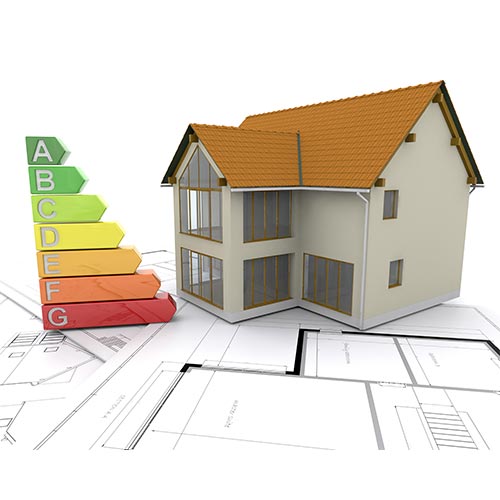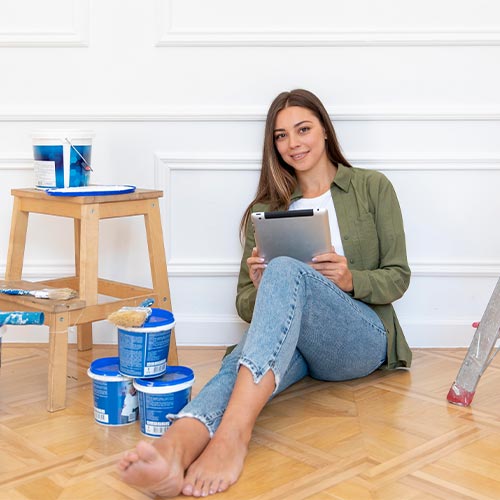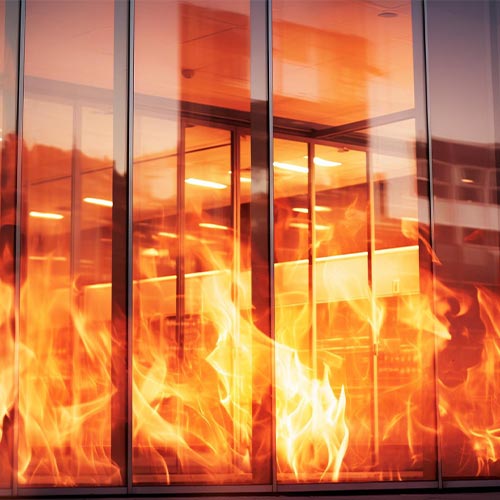Top Energy-Efficient Home Design Ideas for Modern Living
In today’s world, where energy conservation is more important than ever, embracing Energy-efficient home design ideas is essential for every homeowner. Not only do these designs help reduce environmental impact, but they also significantly lower utility bills and enhance overall comfort. Whether you’re building a new home or renovating an existing one, integrating Energy-efficient home design ideas can make a meaningful difference.
Modern construction trends focus on sustainability, and Energy-efficient home design ideas are at the heart of this movement. These ideas encompass a wide range of strategies, from optimizing natural light to installing energy-saving appliances. By making thoughtful choices in your home’s layout, insulation, lighting, and more, you can create a space that is both environmentally friendly and cost-effective.
One of the best aspects of Energy-efficient home design ideas is their adaptability. Whether you live in a small apartment or a large suburban home, there are ways to implement energy-saving techniques tailored to your specific space. By utilizing renewable energy sources, improving insulation, and choosing energy-efficient fixtures, your home can operate more efficiently than ever before.
Furthermore, Energy-efficient home design ideas contribute to a healthier living environment. Proper ventilation, reduced energy use, and sustainable materials all play a part in creating homes that are safer and more comfortable. As awareness of climate change grows, more homeowners are seeking out smart solutions to reduce their carbon footprint—and Energy-efficient home design ideas are at the core of this transition.
In the sections below, we’ll explore a variety of Energy-efficient home design ideas that can transform your living space into an eco-conscious haven.
Transform Your Space with BUILPIRE – Book Your Consultation Today!
1. Passive Solar Design
Passive solar design is one of the most effective Energy-efficient home design ideas. It utilizes the sun’s energy to naturally heat and light your home. This strategy involves positioning windows and selecting materials that absorb and slowly release solar heat. Properly placed overhangs and thermal mass (like concrete floors) can help regulate indoor temperatures year-round.
2. High-Quality Insulation
Good insulation is critical in any energy-efficient home. It keeps your house warm in winter and cool in summer, reducing the need for heating and cooling systems. Focus on insulating walls, roofs, attics, and floors. Spray foam, rigid foam boards, and cellulose are excellent materials to consider.
3. Energy-Efficient Windows and Doors
Upgrading to double or triple-pane windows and insulated doors can drastically reduce heat loss. Look for ENERGY STAR-rated products designed to reduce thermal transfer. Installing low-emissivity (low-E) coatings also enhances energy performance.
4. Smart Thermostats and HVAC Systems
Heating and cooling account for a large portion of energy use. Smart thermostats allow homeowners to manage indoor temperatures efficiently. Combine these with high-efficiency HVAC systems to reduce energy consumption and costs.
5. LED Lighting and Smart Controls
Replacing incandescent bulbs with LED lighting is one of the simplest Energy-efficient home design ideas. LEDs consume less electricity and last much longer. Adding dimmers, motion sensors, and smart switches can further optimize your lighting system.
6. Solar Panels and Renewable Energy
Installing solar panels can significantly reduce your dependence on the grid. Solar technology has become more affordable, and many governments offer tax incentives or rebates. Other renewable options include wind turbines and geothermal systems.
7. Water-Saving Fixtures
Energy efficiency also extends to water use. Low-flow toilets, faucets, and showerheads reduce water consumption and the energy needed to heat water. Tankless water heaters are another excellent upgrade.
8. Sustainable Building Materials
Choose environmentally friendly materials such as bamboo flooring, recycled metal, and reclaimed wood. These materials have lower embodied energy and contribute to better indoor air quality.
9. Efficient Appliances
Energy-efficient appliances like refrigerators, washing machines, and dishwashers carry the ENERGY STAR label. These devices use advanced technologies to perform better while consuming less energy.
10. Proper Ventilation and Air Sealing
Tightly sealing your home prevents drafts and unwanted heat transfer. Combine this with mechanical ventilation systems that bring in fresh air and remove stale air, improving air quality and energy efficiency.
11. Green Roofs and Cool Roofs
Green roofs are covered with vegetation that provides insulation and reduces stormwater runoff. Cool roofs reflect more sunlight and absorb less heat, keeping your home cooler and reducing the need for air conditioning.
12. Landscaping for Energy Efficiency
Strategically planting trees and shrubs can provide natural shade and wind protection, reducing heating and cooling needs. Deciduous trees offer shade in the summer and allow sunlight in during the winter.
13. Zoning Systems
Zoning allows you to heat or cool different areas of your home independently. This is particularly useful in larger homes where not every room is in use all the time, helping to avoid wasted energy.
14. Smart Home Integration
Integrating your systems into a smart home network allows you to control lighting, heating, cooling, and appliances remotely. Automation can help you reduce energy usage based on real-time needs.
15. Energy Audits and Professional Guidance
Before making major changes, consider getting a professional energy audit. This assessment identifies where your home is losing energy and suggests specific Energy-efficient home design ideas to address those issues.
Conclusion
By incorporating these Energy-efficient home design ideas, you not only reduce your environmental impact but also create a more comfortable and cost-effective living space. From insulation and lighting to appliances and solar power, the options are vast and customizable to your needs.
If you’re considering a home renovation or want expert help in implementing these ideas, Builpire is your trusted partner. Specializing in home restoration and interior design, Builpire offers sustainable solutions tailored to your vision. Let Builpire help you turn your home into a modern, energy-efficient sanctuary.
For more ideas and guidance, follow us on Instagram.
FAQs about Energy-efficient home design ideas
1. What are the most cost-effective energy-efficient home design ideas?
Some of the most cost-effective ideas include improving insulation, using LED lighting, installing a smart thermostat, and sealing air leaks.
2. How can I make my existing home more energy-efficient?
Start with an energy audit. Upgrade insulation, switch to energy-efficient windows, replace old appliances, and consider installing solar panels.
3. Are solar panels worth the investment?
Yes, especially in sunny areas. They reduce electricity bills and increase property value. Many governments also offer tax incentives.
4. What is passive solar design?
Passive solar design uses the sun’s position and heat to warm and light your home without mechanical systems. It includes window placement, thermal mass, and overhangs.
5. Do energy-efficient homes have better resale value?
Absolutely. Many buyers are looking for eco-friendly homes, and energy efficiency often translates to lower utility bills and improved comfort.
6. How does landscaping affect energy efficiency?
Proper landscaping can provide natural insulation. Trees can offer shade in the summer and allow sunlight during the winter, reducing energy costs.
7. What’s the first step in creating an energy-efficient home?
Start by understanding your current energy use with a professional energy audit. From there, prioritize upgrades like insulation, efficient windows, and smart systems.




